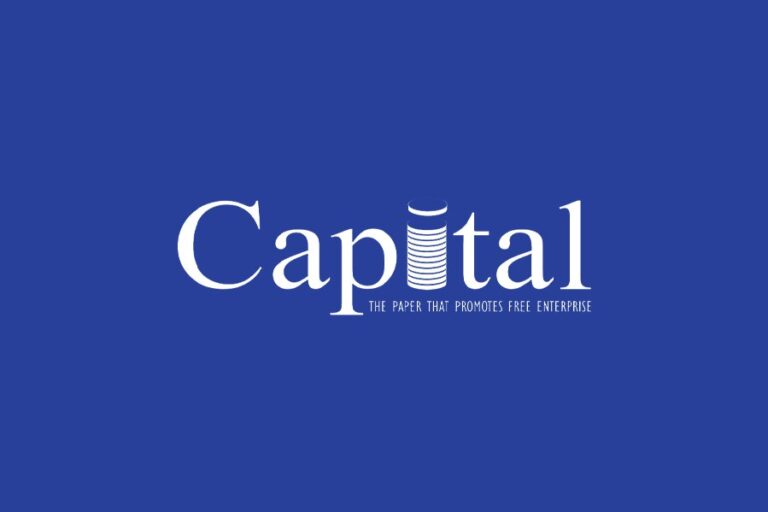In a much-awaited musical event, the long-anticipated duet album titled “Kehasabe” by Sintayehu Belay and Balkew Alemu has finally been released. The album, featuring a collaboration between two exceptional vocal talents, hit the airwaves and digital platforms on March 22nd, delighting fans and music enthusiasts worldwide.
Produced by Girum Mezmur, the album “Kehasabe” is a soul-stirring composition that explores themes of longing and love, weaving a narrative of heartfelt emotion and profound connection. With the involvement of numerous renowned musicians, the album promises to captivate listeners with its rich lyrical depth and resonating melodies.
Both Sintayehu Belay and Balkew Alemu have individually made a name for themselves in the music industry. Balkew Alemu recently gained recognition for his EP titled “Yene Alem,” which received positive feedback and acclaim for its innovative approach and captivating melodies. Similarly, Sintayehu Belay’s EP “Tsedey” garnered praise for its evocative lyricism and soulful vocals, solidifying her reputation as a rising star.
Penned by Alemayehu Demeke, the songs in “Kehasabe” weave a narrative of heartfelt emotion and profound connection, offering a new dimension of sonic excellence under the masterful guidance of Girum Mezmur. Mezmur, a highly esteemed producer renowned for his exceptional talent and innovative approach, adds an extra layer of authenticity and creativity to the album, ensuring its place among contemporary classics.
“Kehasabe” also features contributions from other exceptional musicians, elevating the album to new heights of artistry and excellence. The combined efforts of these talented individuals have resulted in a melodic masterpiece that showcases the power of collaboration and musical prowess.
This duet album seeks to reignite the cherished tradition of duets, drawing inspiration from iconic partnerships of the past while transporting audiences to a bygone era of musical excellence. Sintayehu Belay and Balkew Alemu, acclaimed solo artists in their own right, channel the spirit of legendary duos such as Kennedy Mengesha and Yeshiemebet Dubale, Tewodros Tadesse and Assefu Debalke, Kuku Sebsbe and Alemayehu Eshete, as well as Neway Debebe and Hamelmal Abate.
Furthermore, “Kehasabe” celebrates the talents of impaired duo artists who have historically made significant contributions to the music industry. Inspired by the resilience and creativity of these artists, Sintayehu and Balkew strive to honor their legacy by delivering a captivating performance that transcends barriers and touches the hearts of all listeners.






